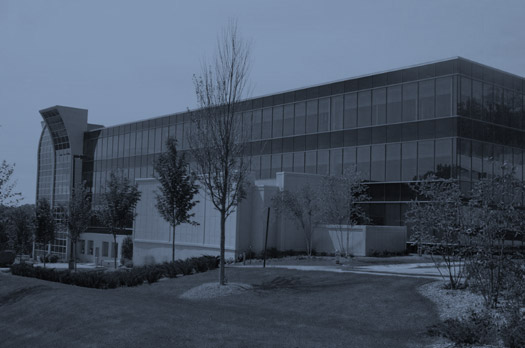Procedures
UPPER ENDOSCOPY (EGD): The insertion through the mouth of a thin flexible tube with a tiny video camara and light on its tip (similar to a colonoscope, but thinner and shorter) to examine the lining of the esophagus, stomach and duodenum, performed while deeply sedated or asleep. It can be helpful for the evaluation of symptoms of the esophagus, stomach and duodenum, and the diagnosis of such disorders as peptic ulcers, Barrett’s esophagus or stomach cancer. Biopsies may be obtained during the procedure to aid in the arrival of an exact diagnosis. Watch the video “Upper Endoscopy – What Patients Can Expect” for a more comprehensive understanding of upper endoscopy.
PILL CAM: A disposable capsule containing a tiny video camera, light, transmitter and battery is swallowed and records a video of the lining of the small intestine as it slowly tumbles through the entire length of small intestine. It is particularly useful in identifying the source of obscure blood loss or unexplained iron deficiency anemia, and it may be useful in the management of those with Crohn's disease, celiac disease, or tumors of the small intestine. Not a substitute for conventional endoscopy, the success of this technique is heavily dependent upon the experience, skill and time taken by the physician interpreting these studies. Several of the gastroenterologists of Gastroenterology Consultants have been performing this procedure since it was first introduced in the United States. The capsule endoscopy procedure is complete after twelve hours.
COLONOSCOPY Follow our link for comprehensive information on colonoscopy.
ESOPHAGEAL DILITATION: A controlled stretching of narrowed areas of the esophagus, such as strictures, rings and webs, using Maloney, Savary or balloon dilators.
BARRX RADIOFREQUENCY ABLATION OF BARRETT'S ESOPHAGUS: If an individual who has had long-standing gatroesophageal acid reflux disease develops Barrett's esophagus that contains any areas of dysplasia (highly precancerous changes), the best way to manage this problem is by the applicationof a high-powered radiofrequency to generate heat that destroys the areas of precancerous tissue, enabling its replacement with healthy tissue. The radiofrequency is is emitted by a thin probe that is passed through an endoscope and applied to the abnormal appearing portion of the surface of the esophagus. Several of our gastroenterologists were among the first in the state to use this advanced technology.
48 HOUR WIRELESS (BRAVO) AMBULATORY pH MONITORING OF THE ESOPHAGUS: This continuous measurement of the acid content of the esophagus. This is the gold standard for the presences of gastroesophageal acid reflux disease.
ESOPHAGEAL MANOMETRY : A means of measuring the contractions of the muscles of the esophagus to diagnose and characterize motility disorders of the esophagus.
HEMORRHOID TREATMENT: Learn about the Hemorrhoid Treatment with the CRH O'Regan System provided by Gastroenterology Consultants.
FLEXIBLE FIBEROPTIC SIGMOIDOSCOPY : a shortened version of colonoscopy, intended to view only the lower 30% of the colon and the rectum.
ANOSCOPY: an examination of the anus performed with an instrument only several inches in length, primarily to evaluate for hemorrhoids and fissures.
ENDOSCOPIC RETROGRADE CHOLANGIOPANCREATOGRAPHY (E.R.C.P.): a combined endoscopic and radiological examination of the bile duct system and pancreatic ducts, at times coupled with the controlled endoscopic cutting of the outlet of those ducts and removal of gallstones from the bile duct (performed by a colleague of Dr. Cherner with expertise in this procedure).
ARGON PLAMA COAGULATION: for ablation of various abnormal vascular structures of the upper and lower digestive system.
LIVER BIOPSY: A liver biopsy is a procedure to remove a small piece of liver tissue, so it can be examined in a lab under a microscope for signs of damage or disease. Your healthcare professional may recommend a liver biopsy if blood tests or imaging studies suggest you might have a liver problem. A liver biopsy also is used to find out the state of someone's liver disease. This information helps guide treatment decisions.
LIVER FIBROSCAN: Everything you need to know about liver health and your liver examination with FibroScan®.
REMICADE INFUSIONS for the treatment of Crohn’s disease and ulcerative colitis are provided by a highly experienced infusion nurse in the comfort of our new office in Alpharetta. Dr. Cherner is personally on site at all infusions.





